Programming Scala Scalability = Functional Programming + Objects 21093
Chapter 1 : Zero to Sixty: Introducing Scala
Why Scala?
Installing Scala
For More Information
A Taste of Scala
A Taste of Concurrency
Recap and what's Next
Chapter 2 : Type Less, Do More
In This Chapter
Semicolons
Variable Declarations
Method Declarations
Inferring Type Information
Literals
Tuples
Option, Some, and None: Avoiding nulls
Organizing Code in Files and Namespaces
Importing Types and Their Members
Abstract Types And Parameterized Types
Reserved Words
Recap and what's Next
Chapter 3 : Rounding Out the Essentials
Operator? Operator?
Methods Without Parentheses and Dots
Domain-Specific Languages
Scala if Statements
Scala for Comprehensions
Other Looping Constructs
Conditional Operators
Pattern Matching
Enumerations
Recap and what's Next
Chapter 4 : Traits
Introducing Traits
Stackable Traits
Constructing Traits
Recap and what's Next
Chapter 5 : Basic Object-Oriented Programming in Scala
Class and Object Basics
Parent Classes
Constructors in Scala
Nested Classes
Visibility Rules
Recap and what's Next
Chapter 6 : Advanced Object-Oriented Programming In Scala
Overriding Members of Classes and Traits
Companion Objects
Case Classes
Equality of Objects
Recap and what's Next
Chapter 7 : The Scala Object System
The Predef Object
Classes and Objects: Where Are the Statics?
Sealed Class Hierarchies
The Scala Type Hierarchy
Linearization of an object's Hierarchy
Recap and what's Next
Chapter 8 : Functional Programming in Scala
What Is Functional Programming?
Functional Programming in Scala
Recursion
Tail Calls and Tail-Call Optimization
Functional Data Structures
Traversing, Mapping, Filtering, Folding, and Reducing
Pattern Matching
Partial Functions
Currying
Implicits
Implicit Function Parameters
Call by Name, Call by Value
Lazy Vals
Recap: Functional Component Abstractions
Chapter 9 : Robust, Scalable Concurrency with Actors
The Problems of Shared Synchronized State
Actors
Actors in Scala
Traditional Concurrency in Scala: Threading and Events
Recap and what's Next
Chapter 10 : Herding XML in Scala
Reading XML
Writing XML
Recap and what's Next
Chapter 11 : Domain-Specific Languages in Scala
Internal DSLs
External DSLs with Parser Комбінатори
Recap and what's Next
Chapter 12 : The Scala Type System
Reflecting on Types
Understanding Parameterized Types
Variance Under Inheritance
Type Bounds
Nothing and Null
Understanding Abstract Types
Path-Dependent Types
Value Types
Self-Type Annotations
Structural Types
Existential Types
Infinite Data Structures and Laziness
Recap and what's Next
Chapter 13 : Application Design
Annotations
Enumerations Versus Pattern Matching
Thoughts On Annotations and Enumerations
Using Nulls Versus Options
Exceptions and the Alternatives
Scalable Abstractions
Effective Design of Traits
Design Patterns
Better Design with Design By Contract
Recap and what's Next
Chapter 14 : Scala Tools, Libraries, and IDE Support
Command-Line Tools
Build Tools
Integration with IDEs
Test-Driven Development in Scala
Other Notable Scala Libraries and Tools
Java Interoperability
Java Library Interoperability
Recap and what's Next
Appendix : References
Glossary
Colophon
- АвторDean Wampler, Alex Payne
- КатегоріяПрограмування
- МоваАнглійська
- Рік2009
- Сторінок450
- Формат145х215 мм
- Термін поставки7-10 дней












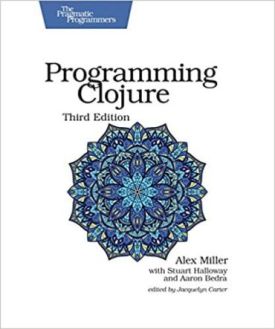
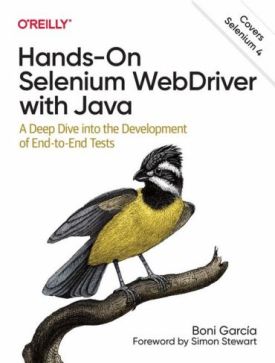
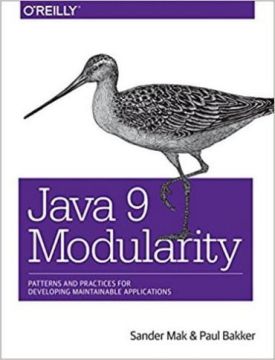
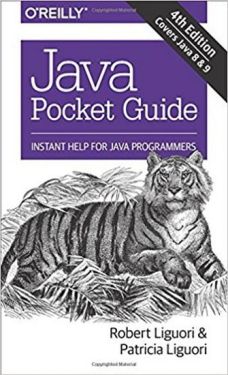
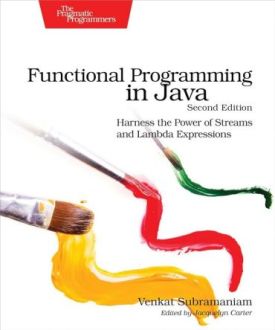
допоможіть тим, хто ще не читав